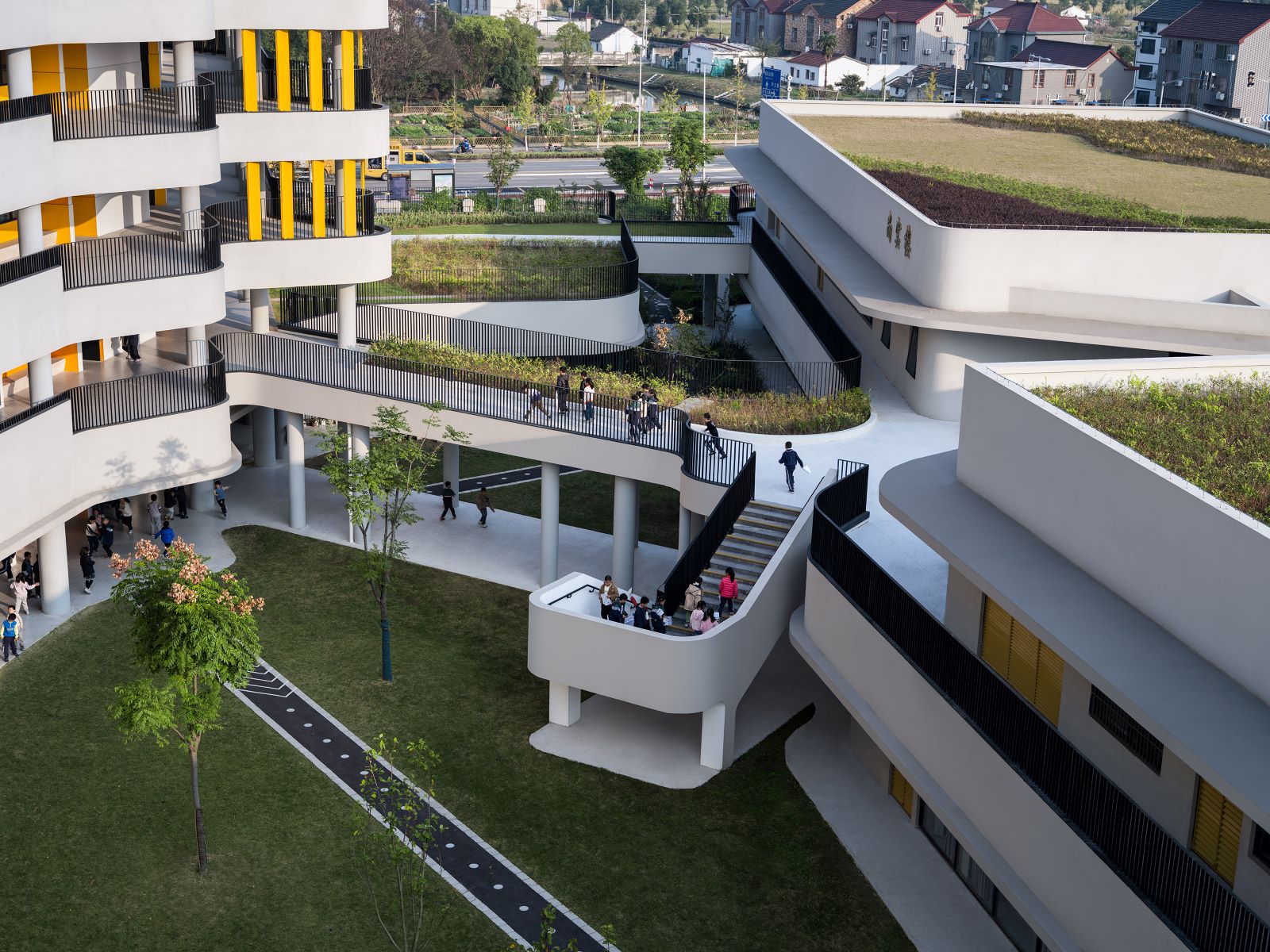
Creating a vibrant space for social interaction, education, and appreciation of the arts, Studio Gang’s design for the Arkansas Museum of Fine Arts transforms the premier cultural institution into a signature civic asset. Through revitalizing existing structures and uniting them with a ‘blossoming’ central addition, the firm has designed a 133,000-square-foot building that embraces the surrounding city and park and establishes a bold new architectural identity.
AMFA’s eight architectural additions have resulted in a motley collection of fortress-like spaces that lack a holistic architectural identity, clear visitor circulation, and visibility to the city and the park of which the museum is a part. Suffering from inefficient operational adjacencies, the museum’s three impressive programs—a renowned collection of works on paper, the Museum School, and the Children’s Theatre, are disconnected from each other and their surroundings, making them difficult for visitors to locate and experience.



Conceived as a stem that blossoms to the north and south and anchored by major new visitor amenities, the design mediates between the museum’s existing architecture to define a new public gallery and gathering space that provides an unprecedented axis of connectivity linking the museum’s disparate programs and also serves as a focal point for extensive renovations that help AMFA meet its growing visitor needs. Inviting visitors to experience anew the building’s original 1937 façade, the excavation of the existing building allows for visual clarity and transparency and reveals expanded spaces for performance, exhibition, and art making. Extensive renovations transform the museum, adding new dedicated programs that demonstrate best practices for art exhibition, conservation, and research, while the new architecture’s pleated, thin-plate structure signals a strong and reenergized visual identity.





Major new amenities anchor the architecture at both the north and south entrances. At the north end, a new Cultural Living Room acts as a flexible community space for gathering, respite, and contemplation as well as special events. To the south, an outdoor dining pavilion replaces the existing asphalt parking lot, opening the building to the park for the first time. Developed with SCAPE, the design reinforces AMFA’s ambition to become a true museum in a park, adding more than 2,200 linear feet of new paths and trails and 250 new trees, which will merge over time with the existing canopy to form a parkland forest, while the architecture’s pleats collect stormwater to feed new gardens and native perennial meadows. Altogether the design embodies the museum’s commitment to its community and its environs, strengthening its cultural and educational offerings and connecting visitors to each other, art, nature, and the city.
Project Details:
Name: Arkansas Museum of Fine Arts
Location: Little Rock, Arkansas, U.S.
Status: Completed (2023)
Area: 133,000 sqft
Typology: Cultural Architecture – Museum
Design firm: Studio Gang
Sustainability: LEED Silver Certified
Photographs: ©Iwan Baan






